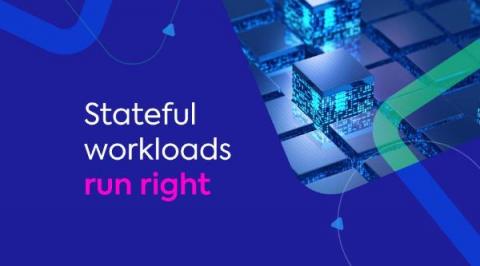Operations | Monitoring | ITSM | DevOps | Cloud
Latest News
Azure Blob Storage Monitoring
Azure Blob Storage is a cloud-based storage service provided by Microsoft Azure that allows users to store vast amounts of unstructured data like documents, images, videos, and more. Monitoring Azure Blob Storage is crucial for ensuring optimal performance, data security, and efficient cost management.
Release features faster and track their impact with Flagsmith's integration and Datadog Marketplace offering
The pressure to release application features faster to meet the demands of customers presents a number of challenges, including unforeseen deployment delays, custom feature sets, and complex rollbacks when errors occur. To overcome these challenges, developers can use Flagsmith, an open source feature flagging and remote configuration service that allows developers to easily roll out and test new features for a specific subset of users.
How to Perform AWS Monitoring: Tools and Best Practices
As more and more businesses adopt microservices and leverage cloud infrastructures, keeping track of services and resources becomes increasingly important. Comprehensive monitoring is needed to ensure optimal performance, avoid downtime and ensure all have a great user experience. But leaving monitoring to the cloud provider may not give you the insights you need.
Stateful workloads: How to guarantee savings and continuity
ChatGPT uncertain about the future of cloud computing
ChatGPT has been the talk of the town for more than four months now. As the first ever artificial intelligence (AI) -powered chatbot, it has quickly gained immense popularity, helping students, engineers and even executives generate content, write and debug code and run market analyses. But could ChatGPT be used for anything other than natural language processing (NPL)? Could it, for example, assist businesses with strategic decision-making? I decided to try it out.
Azure VM Types
Microsoft Azure, one of the leading cloud computing platforms, provides various services that enable businesses to run and manage applications efficiently. Among these services are virtual machines (VMs), which offer scalable computing resources to accommodate the diverse requirements of modern applications. In this article, we will delve into the different Azure VM types available and guide you on how to select the most suitable option for your specific needs.
MTTR, MTTA, SLA... What's the Difference?
These abbreviations are used often in the world of DevOps, NOC, and R&D, but often they are used interchangeably when they aren't actually the same. So, what's the difference?











